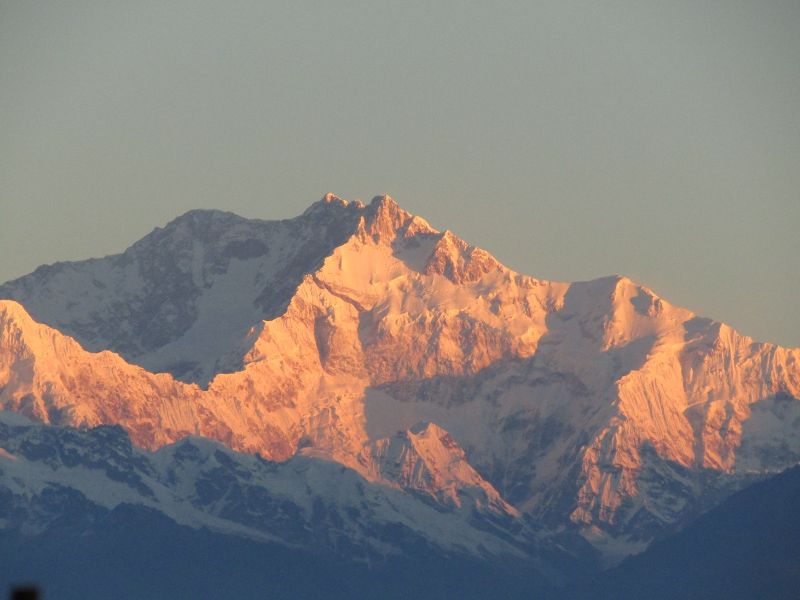
Iceland is a European island country in the North Atlantic with a subpolar oceanic climate (also known as a marine or maritime climate), meaning that has a it mostly moderate weather year-round. According to the Icelandic Centre for Research website, “Study In Iceland”, the average summer temperature ranges somewhere between 10-13 °C (50-55 °F); the average winter temperature is estimated to be around 0 °C (32 °F), although there is notable spatial variability in Iceland’s temperature condition.
Temperature in Iceland In June
Iceland’s summer (June, July, August) and winter (December, January, and February) temperatures have not always been as warm as they are today. A growing body of research shows that the climate in Iceland has been gradually heating up in recent decades. One recently published (2022) climate report, “Local Perspectives on Climate Change, Its Impact, and Adaptation: A Case Study from the Westfjords Region of Iceland“, describes the temperature change and some of the observed effects that global warming has had in Iceland, specifically in the Westfjords region, where local fishing, agriculture, and tourism have been impacted. Their analysis focuses on the long-term temporal changes in summer, winter, and yearly temperatures at Bolungarvík (a small town on the Westfjords peninsula where continuous temperature data from 1898 to 2020 is available).

Weather station data from mostly coastal, low-lying areas of Bolungarvík was used to model long-term temperature changes for the region as a whole. The 120 years (1901–2020) that were modeled for Bolungarvík’s climate show an overall increase in both yearly and seasonal (winter and summer) temperatures.
Temperature In Iceland In Summer
Iceland summer temperatures only show a minimal change and remained lower than the 1901–1910 temperatures until 1981–1990. In the years 1981–1990, June, July, and August (summer) temperatures began to rise consistently until 2001-2010. December, January, and February (winter) temperatures also rose from 1981–1990 to 2001–2010. The summer component, however, decreased over the last decade (2001–2010 and 2011–2020). Between the years 1901–1910 and 2011–2020, yearly warming increased at a rate of +0.15 °C per decade, winter at +0.27 °C per decade, and summer at +0.03 °C per decade (relative to the 1961-1990 average).
Winter Temperature in Iceland
While summer changed the least, winter temperatures changed the most, with a net rise of a total rise of 2.98 °C. Its possible that effects of climate warming are most pronounced during Arctic winter seasons, rather than summers, at least in regions similar to Bolungarvík.

The analysis goes a step further and analyzes data from stations with more than 60 years of continuous temperature recordings: Gjögur (1949–2020), Hornbjargsviti (1949–2020), Æðey (1954–2020), Reykhólar (1961–2020) and Lambavatn (1961–2020). All of which show yearly, winter, and summer temperature increases between 1981 to 1990 to 2001-2010.
In this larger data grouping, winter was the only component that continued to rise in the last decade ( 2001–2010 and 2011–2020). And again, winter had the highest fluctuation: +1.26 °C relative to the 1961-1990 average. See the graph below.

The upper northern latitudes have been heating up much faster than the rest of the world on average. Areas near the Arctic are especially susceptible to advanced warming, due to a phenomenon known as Arctic amplification. Arctic amplification refers to the faster warming rate in the Arctic compared to the rest of the globe, which is verified by instrumental observations and climate models.
Most of Iceland’s land mass is located quite close to the south end of the Arctic Circle (so close that one of its small islands is partially inside the Circle), so Iceland is subject to the diminishing sea ice and reduced ice-albedo that contributes to advanced warming of Arctic regions.
Warming in the Arctic is a self-reinforcing process. Warm oceans induce permafrost thawing, leading to further oceanic warming. Such feedback effects in climate systems tend to perpetuate themselves for decades or longer, which means that trends of rising temperatures are likely to continue into the near future.
To stay updated on Iceland’s temperature and weather, you can visit the Icelandic Meteorological Office website (www.vedur.is).
Leave a Reply